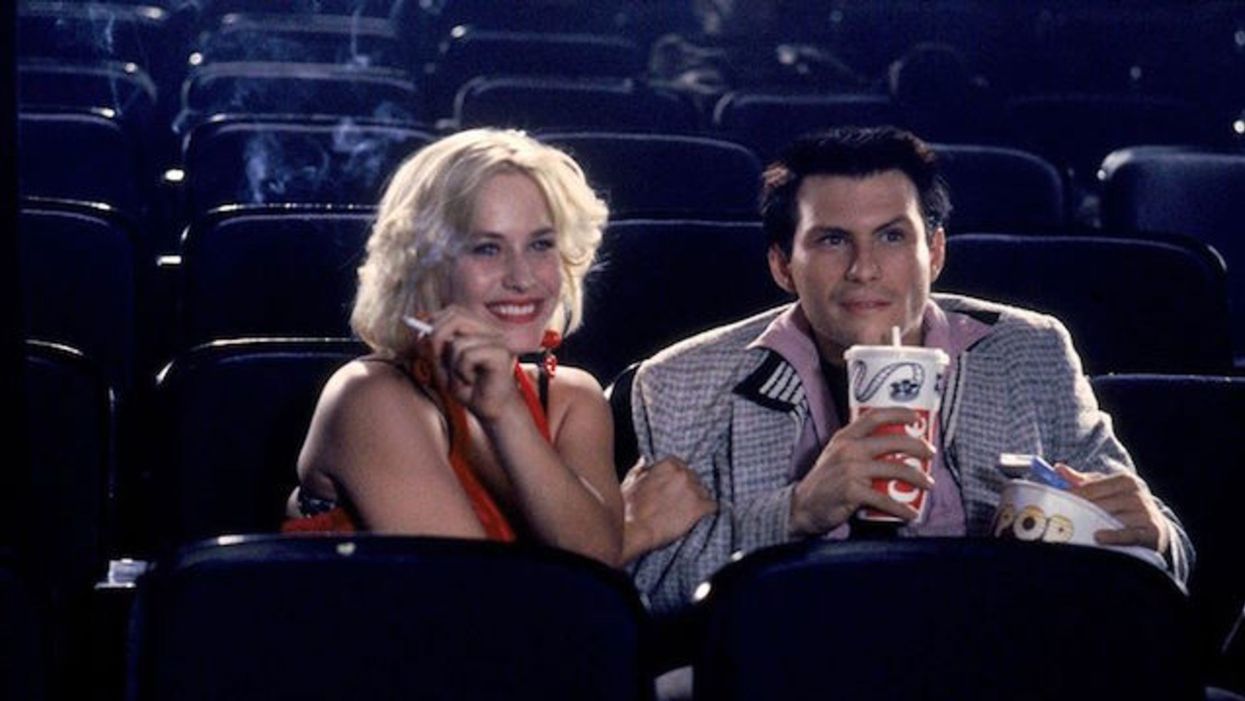How Does Quentin Tarantino Explain Script Structure?
How structured is your storytelling?

Quentin Tarantino broke into Hollywood as a writer. One of the first scripts he sold was True Romance, which went on to be directed by Tony Scott. Since it is one of Tarantino's first scripts, it always had a special place in his heart. That was the script that taught him how to do it all. To write and to rewrite.
For him, it all came down to structure. How we tell a story gets the audience involved and hooks the reader.
“I don’t think the audience is this dumb person lower than me. I am the audience,” Tarantino said.
In this video from sedna, Tarantino explains that the structure for True Romance was different when he first started in on it.
Tarantino likes messing with structure. He's always enjoyed shaking things up.
As Tarantino says, “In a novel, you can start in the middle of the story. They’re doing something and it’s moving in the forward momentum… And now it comes to chapter three, and chapter three happened two years before. I always thought that if you did it the way they did it in novels, that would be inherently cinematic. The cross-cutting would be neat. [Putting] it all in chronological order was inherently not cinematic. It was drab.”
So why does Tarantino like this stuff? He loves keeping the audience on their toes and taking full advantage of the visual medium. Take True Romance, for instance. In the original broken-up narrative, the audience was always learning and adjusting.
“How the structure really affects us in a big way, the biggest difference between the way the movie works and the way the structure works is we don’t know Clarence’s story. We don’t know [anything] about how he met Alabama, about how he ended up taking the cocaine… It’s all very sketchy. All we have is the fact that we like these two kids even though we don’t know anything about them.”
Tarantino knows that a great screenplay is not only engaging but thought-provoking.
“Audiences, as long as they’re in good hands, like being curious," he says. "They don’t like to be told everything. If they think the storyteller will eventually take care of them, they can wait.”
This says a lot about how he works on different projects. I love the way he messed with the audience in Kill Bill. You never knew where we were in time, but you always enjoyed the chapters and where they would take you. It was like skipping around in a book. The same goes with Pulp Fiction, which is famously nonlinear.
What's your favorite Tarantino use of structure? Let us know in the comments.
Source: sedna











